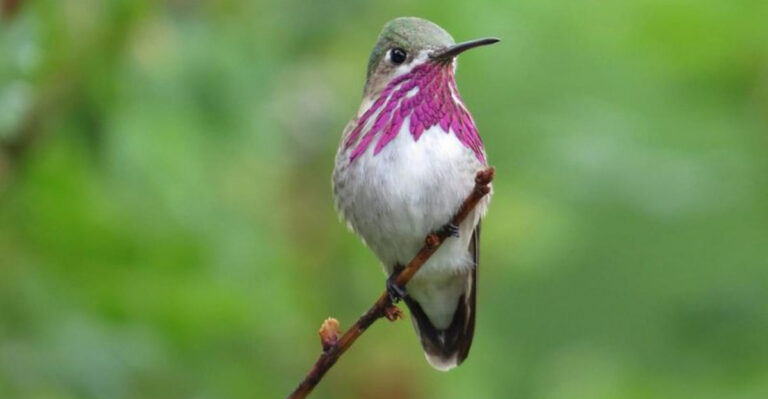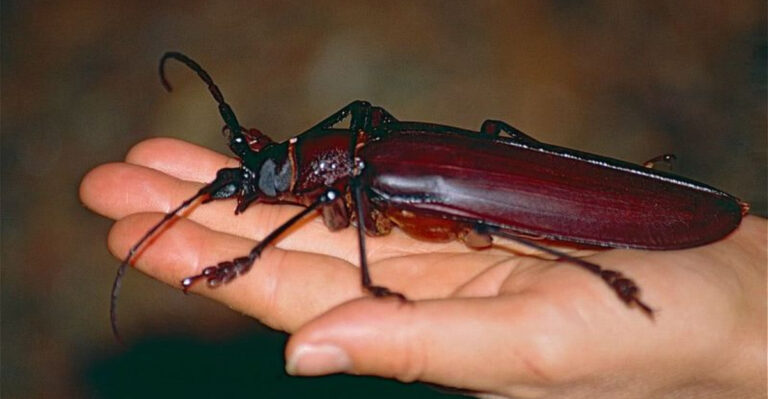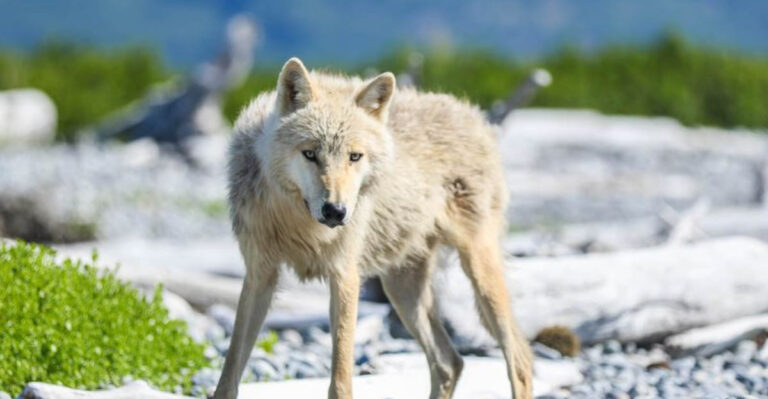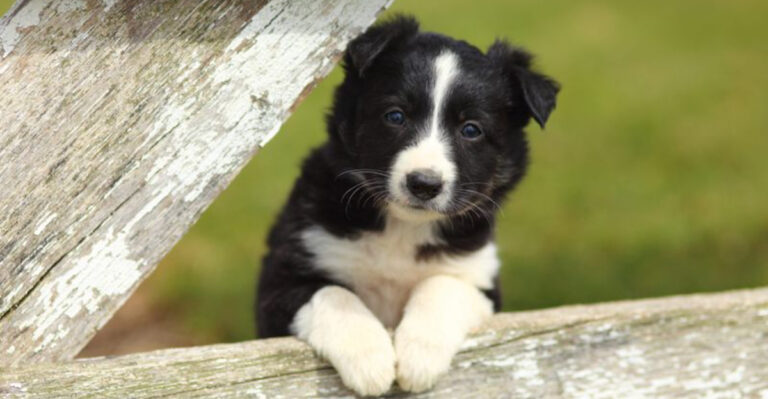8 Animals That Prefer Solitude And 8 That Thrive In Groups
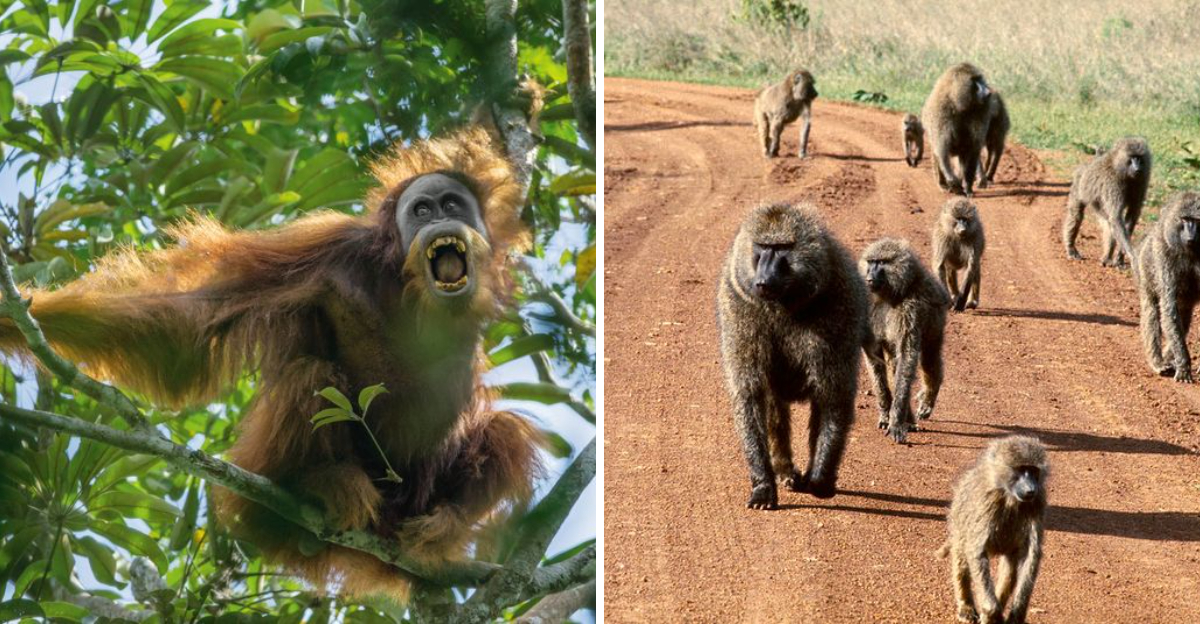
Discover the fascinating world of animal social behaviors as we explore eight animals that cherish solitude and eight that thrive in groups.
From the majestic snow leopards that roam alone in the mountains to the highly social dolphins that swim in pods, each creature has its unique way of living.
1. Jaguar
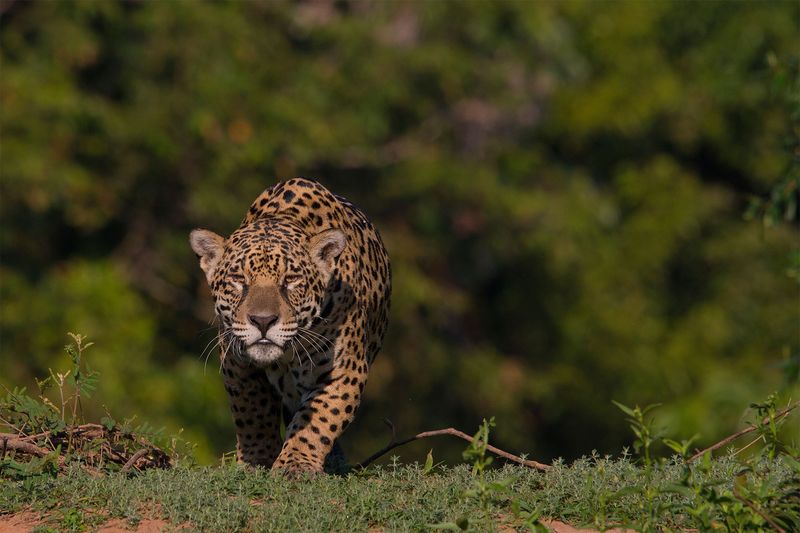
Solitary by nature, jaguars thrive in the dense forests and jungles of Central and South America. These apex predators patrol vast territories, using their stealth and powerful hunting skills to capture prey.
Unlike other big cats, they prefer to live alone and only come together with a mate for reproduction. Their ability to adapt to various environments and hunt efficiently without the need for social interaction showcases their exceptional independence.
2. Snow Leopards
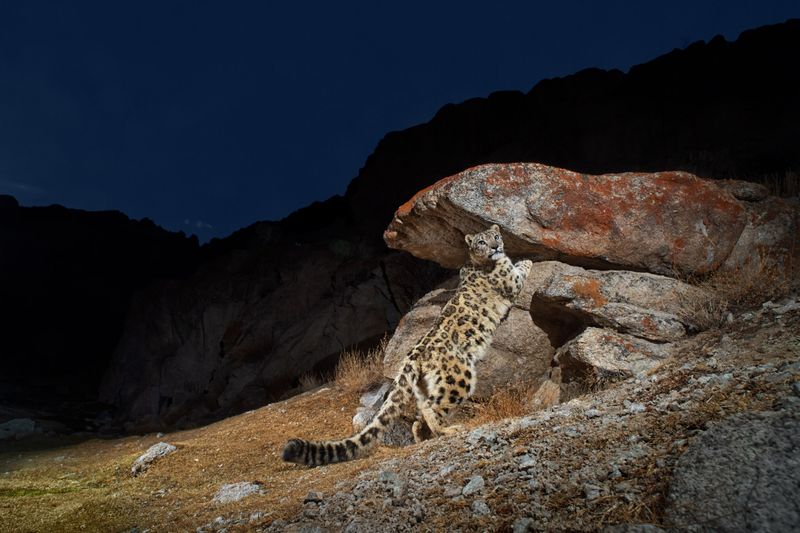
Snow leopards epitomize solitude, living in the harsh, rugged terrains of Central Asia. These elusive cats prefer to be alone, relying on their keen senses to hunt and navigate the snowy landscapes.
Their solitary nature is a survival strategy, allowing them to control vast territories without competition. They’re truly ghostly figures amidst the mountains, moving with grace and stealth. These majestic creatures are masters of isolation.
3. Tigers
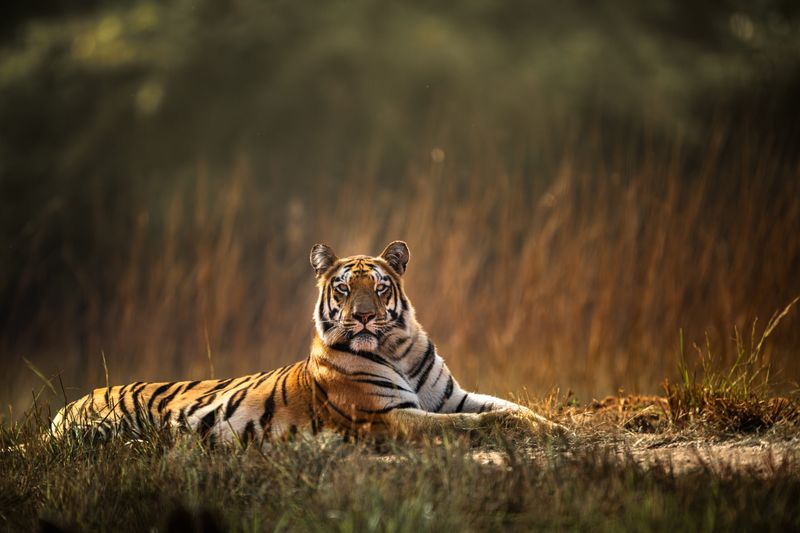
Tigers are the epitome of solitary existence, wandering their expansive territories alone. Their solitary nature helps maintain peace and order in the dense forests.
These magnificent creatures come together only to mate, ensuring that their interactions are rare and meaningful. It’s this isolation that maintains their majestic aura and independence. The forest echoes with the quiet authority of these solitary prowlers.
4. Orangutans
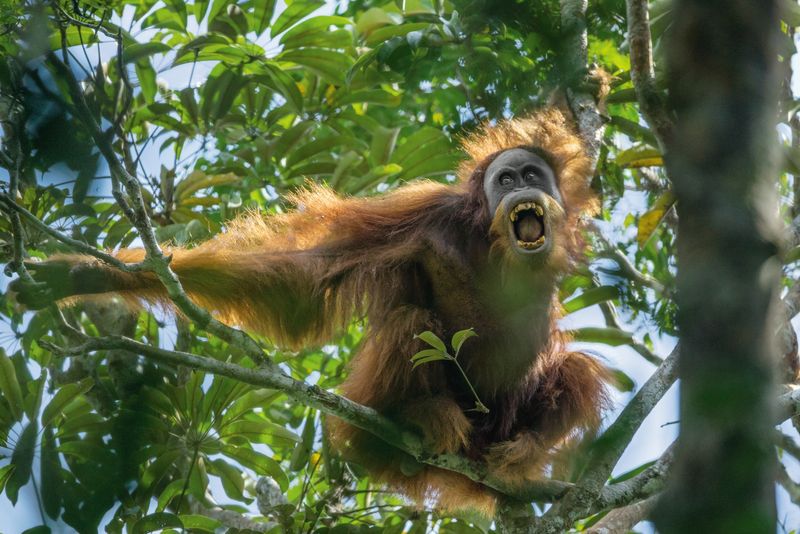
Orangutans lead solitary lives, using the vast forests as their sanctuary. They are often found alone, foraging for food and nurturing their young. This solitude allows them to focus on survival without competing for resources.
Their contemplative nature and gentle demeanor are best nurtured in isolation, where they can thrive. In the silence of the jungle, these intelligent primates find peace and sustenance.
5. Cheetahs
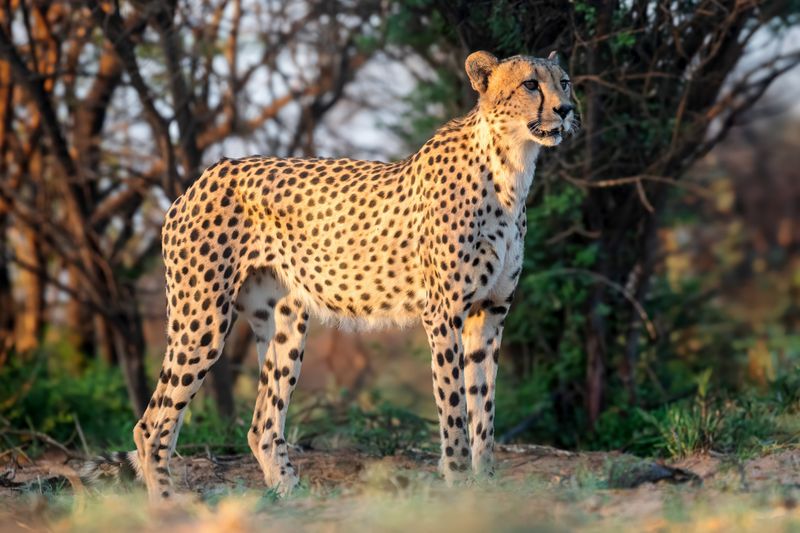
Cheetahs, known for their speed, often live solitary lives, with males and females occupying separate territories. Males might form small coalitions, but generally, their preference is solitude.
This separation aids in maintaining balance and preventing conflicts. In the vast openness of the savanna, a solitary cheetah embodies grace and agility. Their lives are a delicate dance of isolation and interaction.
6. Koalas
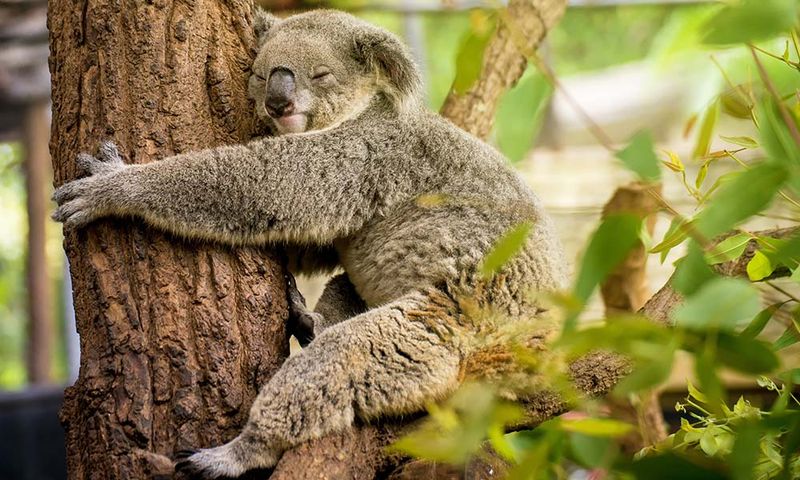
Koalas prefer solitude, spending their days nestled in eucalyptus trees. These marsupials savor their solitary time, munching on leaves in peaceful serenity. Their lifestyle reduces competition for food and allows them to focus on survival.
Alone in their arboreal haven, koalas exemplify tranquility and independence. Their gentle presence in the trees is a soothing reminder of nature’s quiet beauty.
7. Sloths
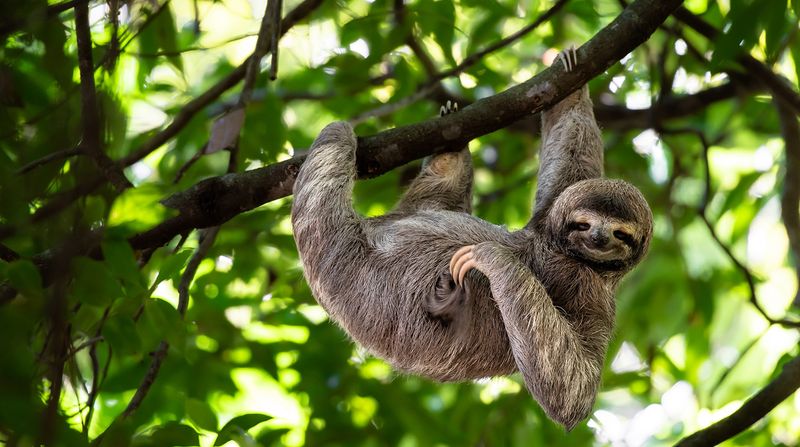
Sloths are the embodiment of slow, solitary living. Hanging upside down from rainforest trees, they move at their own pace, away from the hustle of the world. Their slow, deliberate lifestyle is a survival tactic, helping them avoid predators.
With a languid grace, they navigate the treetops, embracing the quietude. Solitude is their ally, allowing them to thrive in the lush canopy of the forest.
8. Giant Pandas
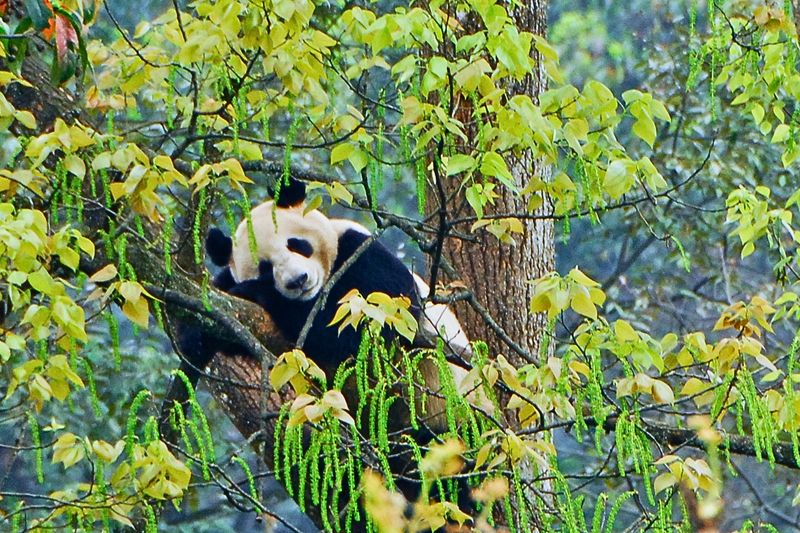
Giant pandas lead solitary lives, each claiming their own territory in the bamboo forests. Their solitude is crucial for survival, as it reduces competition for food.
Occasionally seen together during mating, pandas mostly relish their time alone. Eating bamboo in sheer tranquility, they exemplify peace and independence. In the quiet forests, their presence is both powerful and serene, a testament to solitude’s strength.
9. Elephants
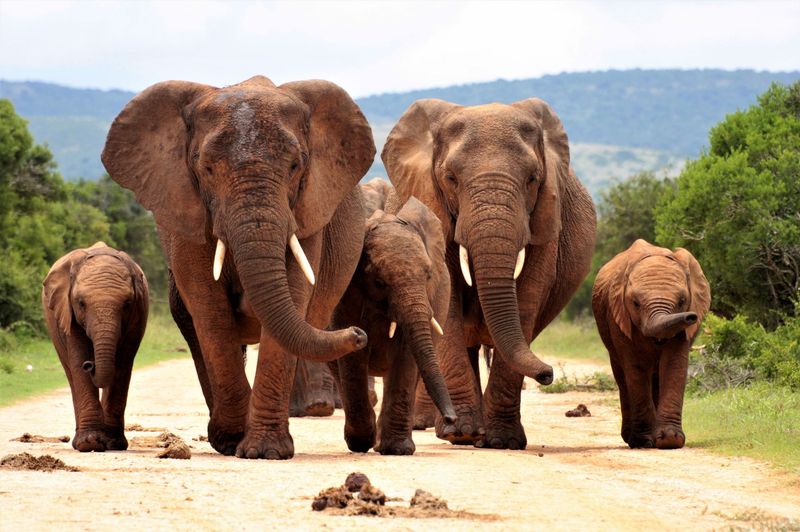
Elephants thrive in tightly-knit family groups led by a wise matriarch. These social giants rely on their strong bonds for survival. Within the herd, they communicate with deep rumbles and touches, ensuring everyone stays connected.
Their social structure allows them to protect the young and vulnerable. Together, they navigate the wild, teaching and nurturing each other. In their unity, elephants find strength and wisdom.
10. Wolves
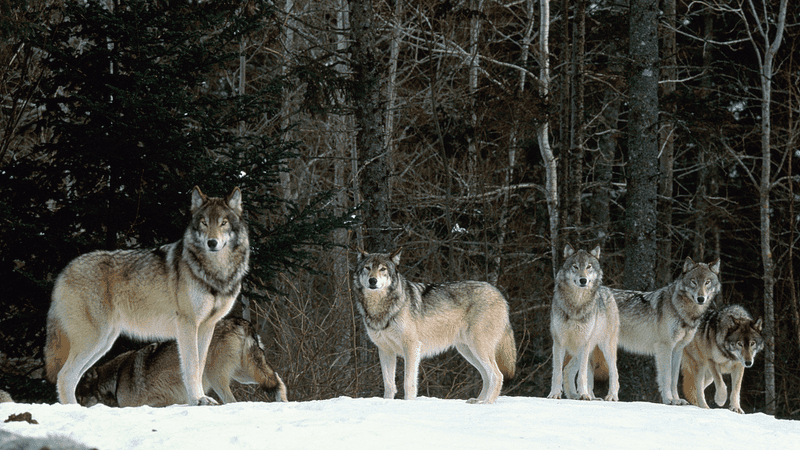
Wolves are the quintessential pack animals, thriving in highly social groups. Their pack dynamics are intricate, with each member playing a vital role in hunting and protection. Communication is key, with howls and body language keeping them coordinated.
In the snowy forests, their teamwork ensures survival against the odds. The pack is a family, a system of support and strength, where bonds run deep and enduring.
11. Dolphins
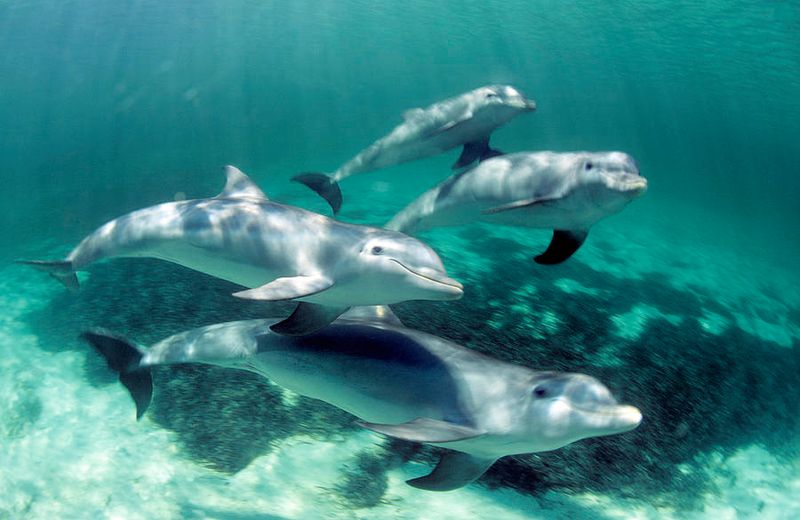
Dolphins are social creatures, living in dynamic pods in the ocean’s vastness. Their playful nature and intelligence shine in their interactions. Cooperation is their strength, helping them hunt, navigate, and ward off predators.
In the dance of waves, dolphins synchronize their movements, showcasing unity. Their pods are schools of learning, where each individual contributes to the group’s well-being. Together, they ride the ocean’s currents.
12. Meerkats
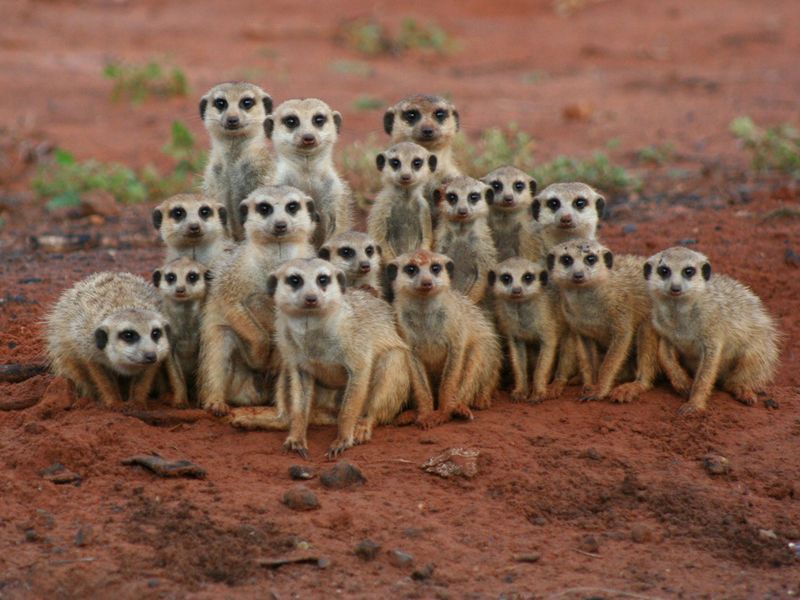
Meerkats are highly social, living in organized clans within the desert’s harshness. Each meerkat has specific duties, from foraging to vigilance. Their social structure ensures survival, with constant communication and cooperation.
On lookout, a sentinel warns of dangers, while others tend to young or search for food. It’s a life of interdependence, where each role is vital. In their social bonds, meerkats find safety and community.
13. Ants
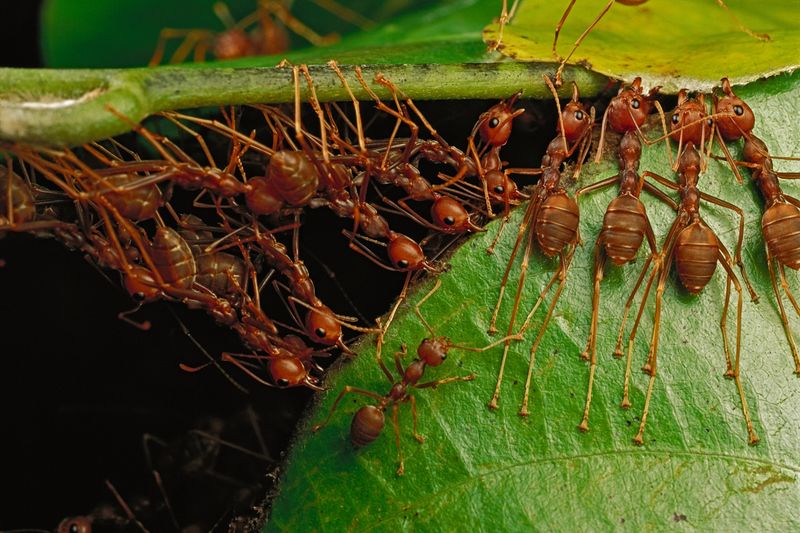
Ants exemplify collective effort, living in highly organized colonies. Every ant has a role, from workers to soldiers, ensuring the colony’s success. Together, they build intricate nests, forage for food, and protect their community.
Communication is seamless, using pheromones to coordinate tasks. In unity, ants achieve extraordinary feats, transforming their environment. Their colonies are marvels of cooperation, where individual efforts create a thriving society.
14. Penguins
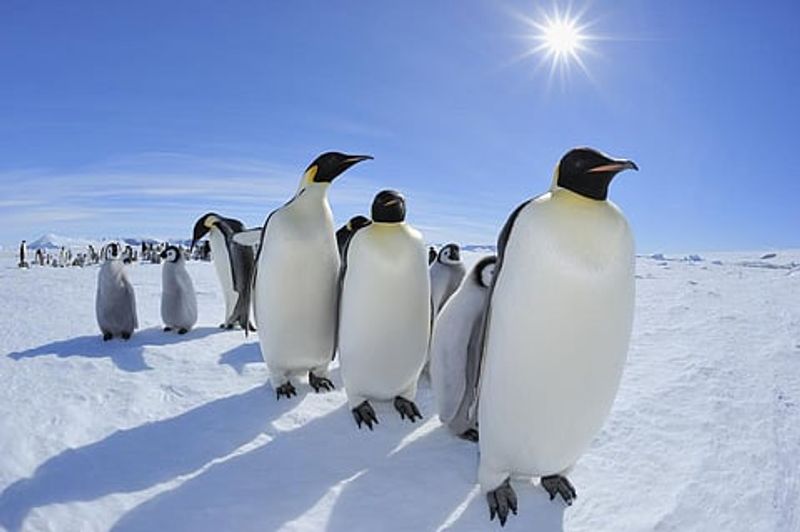
Penguins thrive in large colonies, especially during breeding seasons. Their social behavior is vital for survival in icy landscapes. Huddling together, they conserve warmth and shield their young from the cold.
Each penguin plays a part, from protecting eggs to foraging for food. It’s a life of shared responsibilities, where cooperation is key. In the icy embrace of their colony, penguins find warmth and security.
15. Lions

Unlike their solitary counterparts, lions in prides benefit from social living. Females cooperate in hunting, while males protect the group. Their social structure allows for sharing responsibilities, from raising cubs to defending territory.
In the savanna, a pride is a formidable unit, where each lion plays a crucial role. Their interactions are a blend of strength and camaraderie, embodying the spirit of unity.
16. Baboons

Baboons live in large, structured troops where social bonds are essential. Communication and grooming strengthen their relationships, ensuring harmony. The troop provides protection against predators, with members working together to raise young and forage.
In the vast savanna, their social intelligence and adaptability shine. By living in troops, baboons enjoy a life of support and cooperation, where each member contributes to the group’s success.

